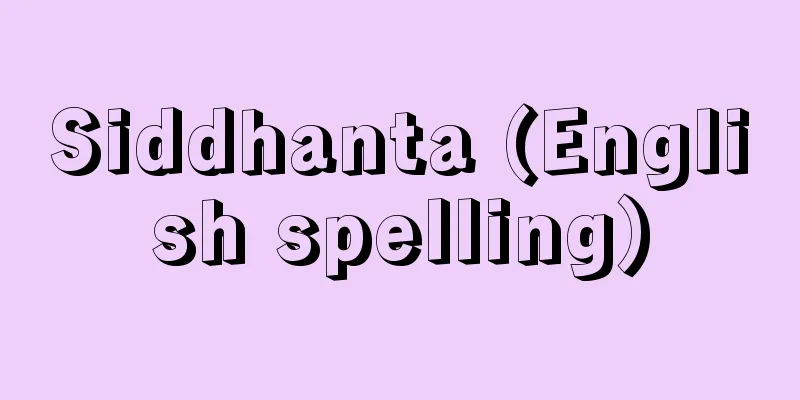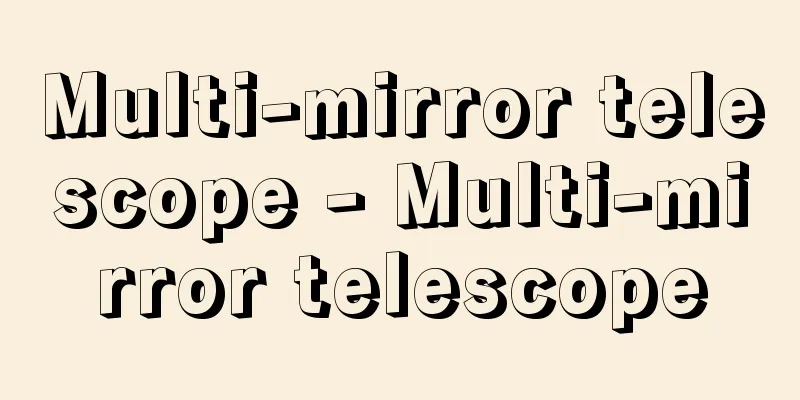PFA - PFA
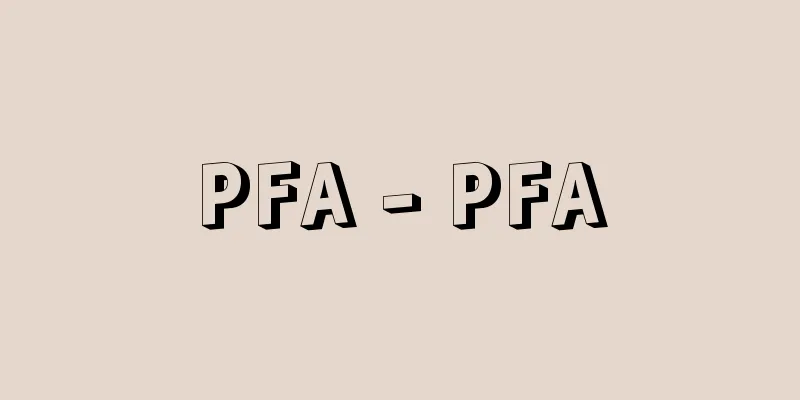
|
Psychological support for victims of tragic events such as major disasters and terrorism. Abbreviation of psychological first aid, it can be translated as psychological first aid. In 2011, the World Health Organization (WHO) published a practical manual ( Psychological First Aid: Guide for Field Workers ). In Japan, following the Great East Japan Earthquake, the National Center of Neurology and Psychiatry took the lead in creating the Japanese version of the Psychological First Aid (PFA) Field Guide. The manual provides specific guidelines on what to do and what not to do, and is designed to provide not only psychological support but also social support. It was also created as a guideline for staff and volunteers, even if they are not mental health or psychological specialists, to think about how to speak and act in a way that respects the dignity of victims and does not hurt them when support activities are required. WHO claims that PFA is effective for victims who have encountered tragic traumatic events and are suffering severe mental distress, and emphasizes the need to adapt it to the situation in the disaster area and the culture of the people who will actually be receiving support. The specific contents are detailed step-by-step, including the purpose of providing support, the place where support is provided, the attitude when interacting with the recipient, the actual support that takes into account the individual circumstances of the victims, and how to speak and act according to age and gender, including counseling methods. [Editorial Department] [References] |Source: Shogakukan Encyclopedia Nipponica About Encyclopedia Nipponica Information | Legend |
|
大災害やテロリズムなどの悲惨な出来事が発生したときの、被災者に対する心理的支援。psychological first aidの略称で、心理的応急処置と訳される。2011年、世界保健機関(WHO)により、その実践マニュアル(Psychological first aid: Guide for field workers)が発行された。日本では、東日本大震災を機に、国立精神・神経医療研究センターが中心となって日本語版の『心理的応急処置(サイコロジカル・ファーストエイド:PFA)フィールドガイド』が作成された。 マニュアルは、すべきこと、すべきでないことの具体的指針を示し、心理的支援のみならず社会的支援も行える内容となっている。また支援活動が必要となったときに、精神・心理の専門家でなくともスタッフやボランティアとして、いかに被災者の尊厳を守りつつ傷つけずにことばをかけ、行動すべきかを考えるガイドラインとして作成されている。WHOは、悲惨なトラウマを伴う事態に遭遇し深刻な精神的苦痛を感じている被災者にこのPFAが有効であるとして、災害の起きた地域の状況や実際に支援を受ける人たちの文化に適応させていくことの必要性をうたっている。具体的な内容は、支援を実施する目的、支援を提供する場所、支援を受ける人に接する際の態度、被災者個々の状況に配慮した支援の実際、また年齢や性差などに応じた言動のありかたなどについて、カウンセリングの手法なども含めて順を追って細かく記載している。 [編集部] [参照項目] |出典 小学館 日本大百科全書(ニッポニカ)日本大百科全書(ニッポニカ)について 情報 | 凡例 |
<<: Pezophaps solitaria (English spelling)
>>: Pezzi, M. (English spelling) PezziM
Recommend
Kanalehas, J.
...Fifth, a typically bourgeois culture flourishe...
Bonge
A social rank designation used in the Middle Ages...
Kan
[Sound] Kan (Han) Ken (Go) [Reading] Fuda, letter,...
New Hampshire (chicken) (English spelling) NewHampshire
…The number of eggs laid is about 200 per year. T...
Word
A word processing software included in Microsoft O...
Family: Craneidae - Craneidae
…It is said that males detect the intrusion of fe...
Polemonium
…A perennial herb of the Polemonium family that r...
Land surveying pole - Kenchizao
A surveying tool used during land surveys. Also ca...
schisma
…A word translated as “schism” or “schism.” Origi...
Golden Wrinkles - Golden Wrinkles
...It is propagated by seeds or cuttings. There a...
Jerusalem cross
...The flowers are about 3cm in diameter and redd...
yellow cress
... R . dubia Hara is a rather small plant, 10-18...
Callistus [II] - Callistus
…the treaty between Holy Roman Emperor Henry V an...
Barbatula toni (English spelling)
…[Tokuji Chiba]. … *Some of the terminology that ...
Konstantinos (English spelling)
...Greek missionary who introduced the Slavic lit...

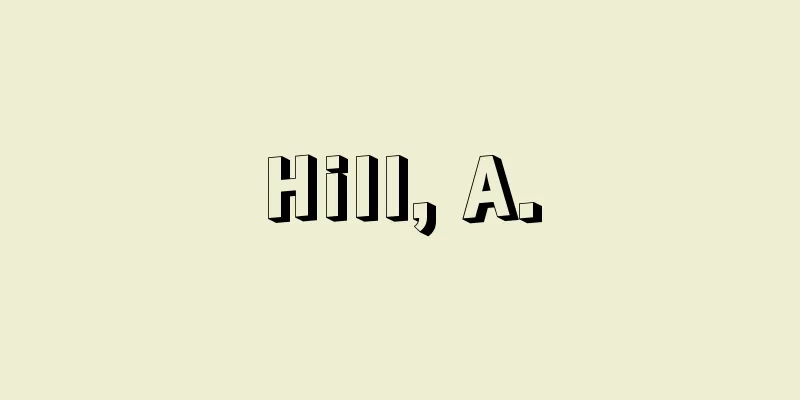

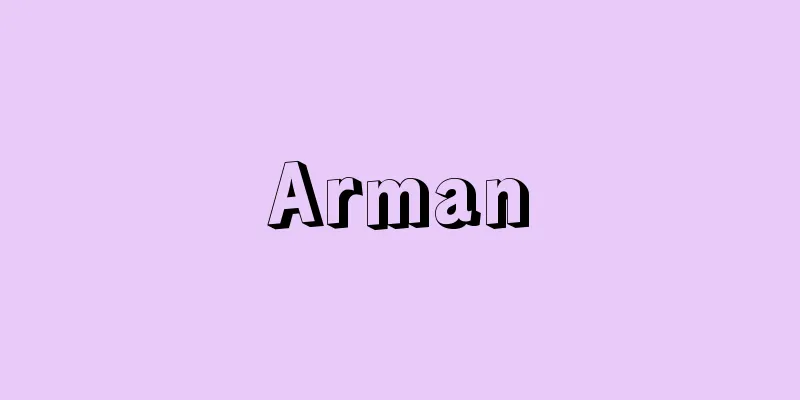
![Shanxi [Province] - Sansei](/upload/images/67cbb46be54de.webp)

![Ashikaga [city] - Ashikaga](/upload/images/67cad353c8bd4.webp)
